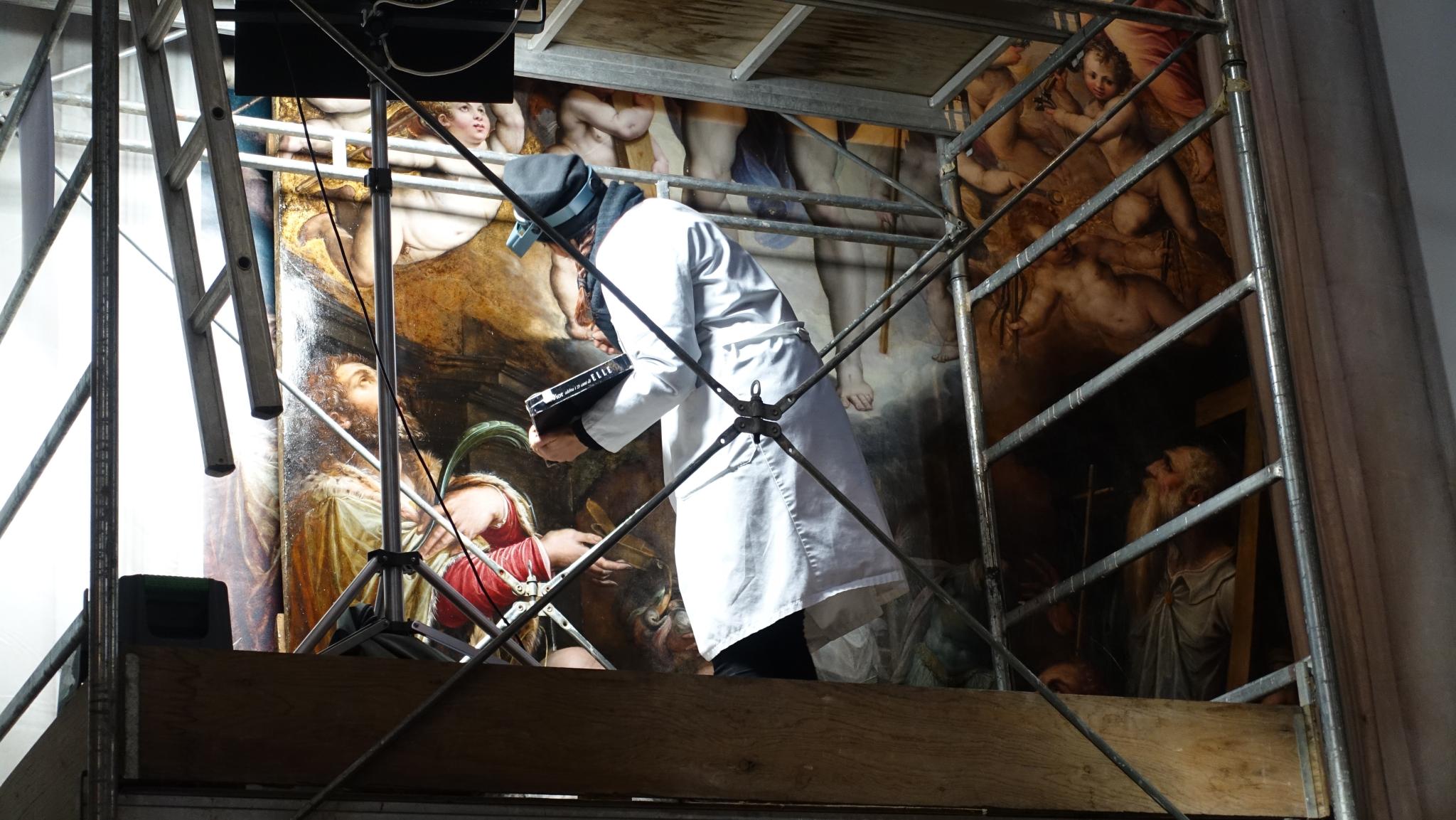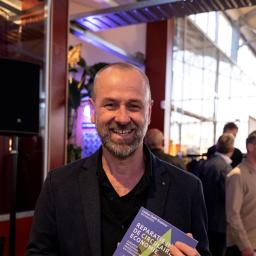Real and lasting change towards a more sustainable society requires a change in the mindset of consumers. Dr Ellen Loots shares her thoughts on how the cultural world helps make repair become part of the social fabric. By Senay Boztas

The idea of borrowing things rather than owning them is often a key part of communal ownership in the creative sectors. And with it comes an expectation of longevity, repair, and reuse. Think of libraries and museums where the same item adds value to the lives of many people. ‘In the context of the circular economy, we observe a similar shift from product ownership to much more sustainable product usership’, says dr Ellen Loots, assistant professor in cultural economics and entrepreneurship at Erasmus University Rotterdam. ‘This is especially explored by the younger generation in relation to fashion – leasing their MUD jeans and borrowing clothes from the LENA library, for example. Repair is also emerging as a hip business model, with United Repair Centre and Mended as Dutch examples.’
Every time we fix something, we enhance its intrinsic beauty'
It’s not only saving on raw materials and the energy needed for producing replacement products where repair adds value. One of the principles in the 2009 manifesto on repair of the Amsterdam-based design collective Platform21 is that ‘every time we repair something, we add to its potential, its history, its soul and its inherent beauty.’ Loots: ‘If we can ingrain this attitude into consumer’s minds, we can disincentivise them from discarding (temporarily) broken products. Think of Kintsugi, the Japanese gold-glued pottery repair technique from the 15th century, in which repair also increases an object’s sentimental value. The younger generations also sets the example by allowing their jeans to become teared.’

The Dutch and Belgian repair café movement is an initiative that elevates basic repair skills to importance at a community level. Growing rapidly in numbers, they are becoming an integral part of the urban fabric. ‘In the cultural world, people with repair skills are valued artisans as they are essential for restoring and preserving our heritage. Depot Boijmans Van Beuningen does not only preserve the museum’s art collection, it also allows visitors to see restorers at work. And the ‘Ambacht in Beeld festival’ promotes and preserves our artisanal heritage through interactive education. Likewise, we need to acknowledge the skills and craftsmanship of repairers within the context of the circular economy.’
Ellen Loots is an assistant professor in cultural economics and entrepreneurship at Erasmus University Rotterdam. She has studied value co-creation in circular design processes, the preservation of cultural heritage and the role of community participation in sustainable institutions.
 This is an article from the white paper 'Repair in the Circular Economy: European legislation, product design and business models'. Download the paper using the link below or order a printed copy using this form. The paper is also available in Dutch.
This is an article from the white paper 'Repair in the Circular Economy: European legislation, product design and business models'. Download the paper using the link below or order a printed copy using this form. The paper is also available in Dutch.








